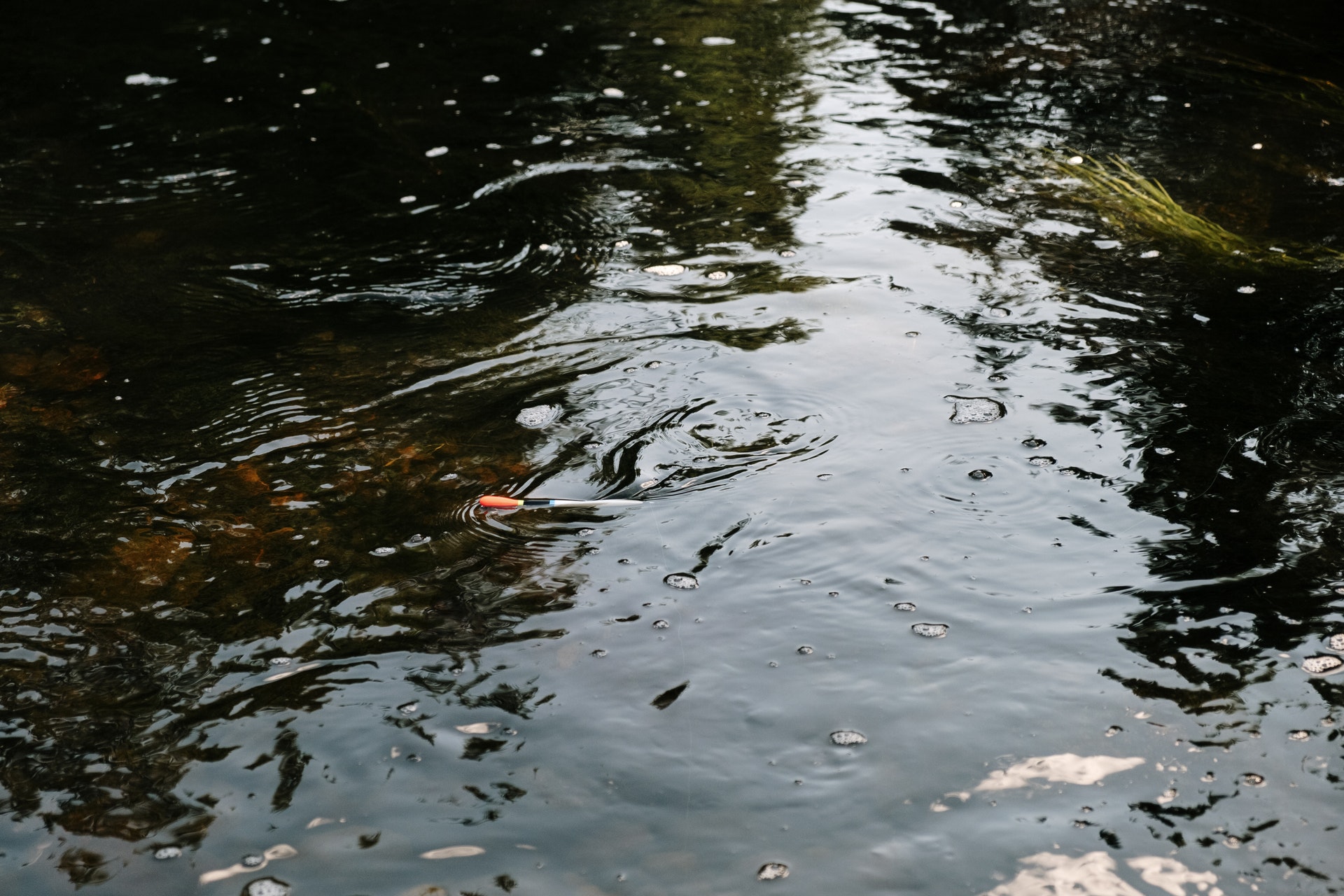
New tools for pandemic prevention research: DNA sequencing from water and leeches
Science Daily -- Date: June 28, 2021 Source: Leibniz Institute for Zoo and Wildlife Research (IZW)
Summary:
In new research, water from African and Mongolian waterholes as well as bloodmeals from Southeast Asian leeches were assessed for the ability to retrieve mammalian viruses without the need to find and catch the mammals. The scientists analyzed the samples using high-throughput sequencing to identify known viruses as well as viruses new to science.
Share:
FULL STORY
In a new scientific investigation headed by the German Leibniz Institute for Zoo and Wildlife Research (Leibniz-IZW), water from African and Mongolian waterholes as well as bloodmeals from Southeast Asian leeches were assessed for the ability to retrieve mammalian viruses without the need to find and catch the mammals. The scientists analysed the samples using high throughput sequencing to identify known viruses as well as viruses new to science. Both approaches proved to be suitable tools for pandemic prevention research as they allow finding and monitoring reservoirs of wildlife viruses. For example, a novel coronavirus most likely associated with Southeast Asian deer species was identified. The results are published in the scientific journal "Methods in Ecology and Evolution".
Finding and monitoring reservoirs of wildlife viruses such as SARS-CoV-2 -- for which the reservoir has yet to be discovered -- is challenging. Many areas which wildlife inhabit are difficult to access and the species in question are hard to find or catch. In order to prevent future pandemics such as COVID-19, new and effective methods to discover and monitor viruses circulating in wildlife are urgently needed. Environmental DNA (eDNA) and invertebrate-derived DNA (iDNA) based approaches may enhance the available toolkit to overcome these challenges, when coupled with high throughput sequencing. The team of scientists assessed water from African and Mongolian waterholes and bloodmeals from Southeast Asian leeches for the ability to retrieve viruses from both sample types. The usual limitation of such samples is that they contain only tiny amounts of low-quality DNA, particularly pathogen DNA. The author therefore used a modern "hybridisation capture" approach to fish out sequences similar to those from currently known vertebrate viruses and then sequenced them using sophisticated high-throughput techniques. This approach was successful in that it allowed the identification of known and novel viruses in both water and leech samples.
The DNA from water samples yielded several viruses common to zebras and wild ass, which were expected as these animals frequently visit the waterholes in large numbers. In the case of the viruses found in African water holes, the authors demonstrated in a related publication that the viruses are still infectious, suggesting that the water itself may be a source of viral transmission. From the Southeast Asian leeches, many known as well as novel viruses were identified. Of particular interest was a novel coronavirus previously unknown to science, which potentially represents an entirely new genus in the Coronaviridae family and seems to be associated with deer species.
"For many of the deadliest viruses such as Ebola we still don't know where they come from," says Prof Alex Greenwood, head of the Department of Wildlife Diseases. "The current pandemic demonstrates that we still know very little about the viral diversity in nature. New methods might help us to identify novel viruses and their potential hosts without the usual logistical and ethical problems associated with collecting wildlife samples directly." Environmental DNA is proving useful in a number of contexts including the characterisation of the diversity of wildlife species from inaccessible regions, the study of ancient populations and more recently in pathogen research. Environmental DNA from water and DNA derived from blood-sucking invertebrates can be useful in different environments. "Water is an essential resource for life and, particularly in areas of seasonal shortages, a concentration point for animals," Greenwood says.
"Terrestrial leeches are often highly abundant in areas of previous viral emergence in Southeast Asia and their bloodmeals can be used to identify their mammalian hosts, including the pathogens contained in their blood," adds Dr Niccolò Alfano, a former PostDoc from the Leibniz-IZW Departments of Wildlife Diseases and Ecological Dynamics, now working at the University of Pavia in Italy. "We identified mammalian viruses from five different viral families in our leech samples and more than 50 % of the samples contained mammalian viruses. Some of these, such as a porcine circovirus or a bear annellovirus could be assigned to the bearded pig and sun bear, their mammalian hosts which were also detected in the leech samples. Most interesting was the discovery of the novel coronavirus, as this showed that with our method we are able to discover viral pathogens previously unknown to science circulating in wildlife," Alfano adds. This may help to identify potentially infectious viruses at an early stage which may help to prevent potential future epidemics."
Further work will be needed to characterise the newly discovered viruses, such as sequencing their complete genomes and confirming their host-virus relationships. In addition, waterholes or leeches are not found in all environments. Soil, faeces and other invertebrates represent additional sources of nucleic acids that could be used to supplement direct animal sampling and enhance our ability to discover and monitor viruses as we go forward from the current pandemic and hopefully learn to prevent them in the future.
Story Source:
Materials provided by Leibniz Institute for Zoo and Wildlife Research (IZW). Note: Content may be edited for style and length.
Journal Reference:
Niccolò Alfano, Anisha Dayaram, Jan Axtner, Kyriakos Tsangaras, Marie‐Louise Kampmann, Azlan Mohamed, Seth T. Wong, M. Thomas P. Gilbert, Andreas Wilting, Alex D. Greenwood. Non‐invasive surveys of mammalian viruses using environmental DNA. Methods in Ecology and Evolution, 2021; DOI: 10.1111/2041-210X.13661
Cite This Page:
MLA
APA
Chicago
Leibniz Institute for Zoo and Wildlife Research (IZW). "New tools for pandemic prevention research: DNA sequencing from water and leeches." ScienceDaily. ScienceDaily, 28 June 2021.


 How to resolve AdBlock issue?
How to resolve AdBlock issue? 